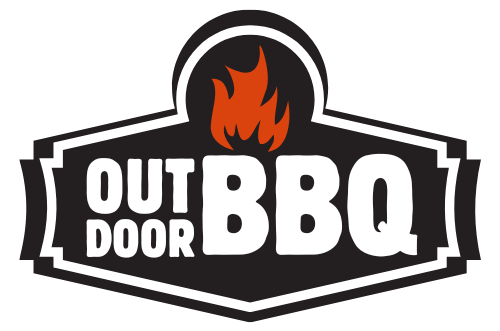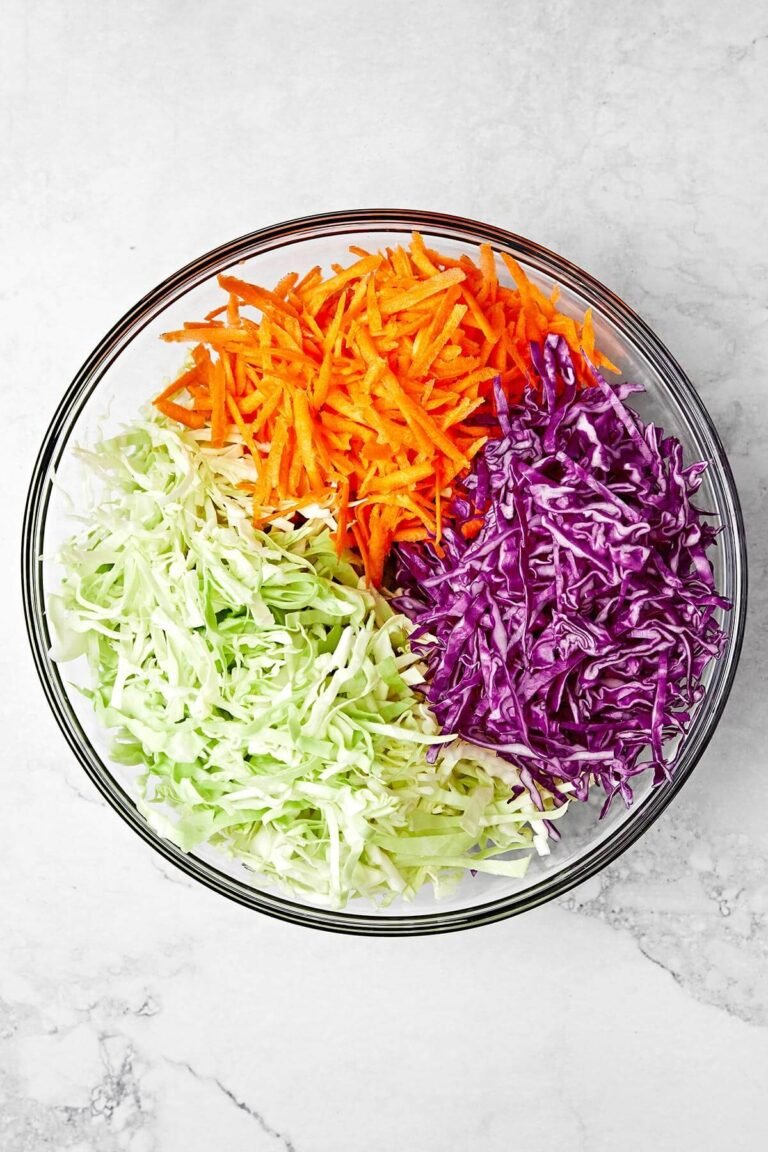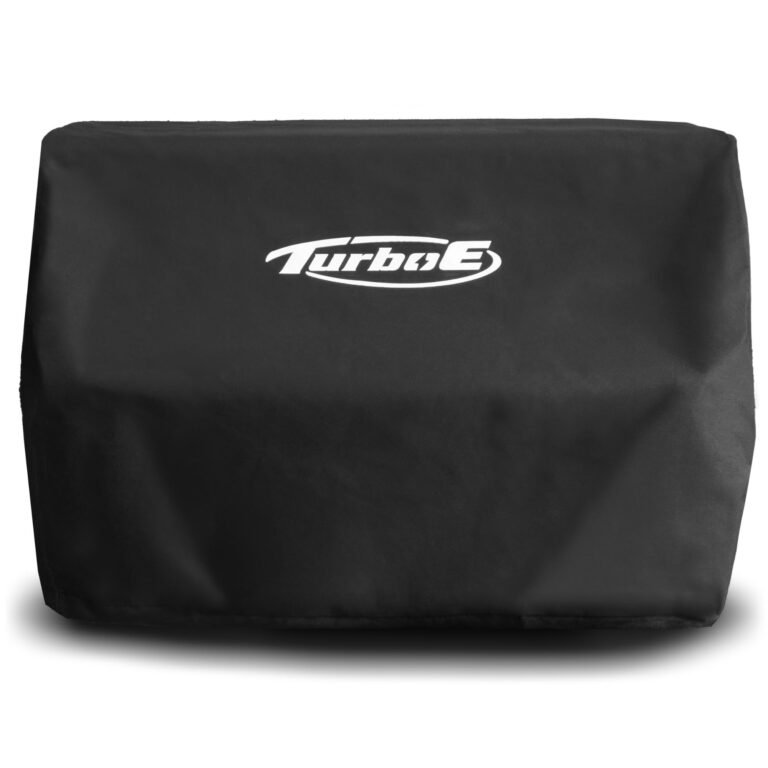Imagine biting into a slice of brisket that’s flawlessly smoked. The taste, the aroma, pure joy.
Crafting such a masterpiece at home might seem daunting, but fear not! This guide is your map to achieving that tender, smoke-infused brisket that dreams are made of. A perfectly smoked brisket is a work of patience and skill, a craft honed over time.
Whether you’re a seasoned pitmaster or a newbie to the smoker, the goal is the same: a brisket that’s juicy and full of flavor. Picture the bark—crusty and caramelized, the result of a carefully selected rub fused with the low-and-slow magic of the smoking process. Inside, the meat is tender, each fiber infused with the rich, complex flavors of smoke and seasoning. Achieving this balance is part art, part science. It requires understanding your meat, your equipment, and the subtle dance of heat, smoke, and time. This post will guide you through each step, from choosing the right cut to slicing it for serving. Get ready to embark on a culinary journey that ends with the best smoked brisket you’ve ever tasted.

The Allure Of Smoked Brisket
Picture a tender, juicy cut of meat, slow-cooked to perfection over a smoky fire. This image stirs appetites and evokes traditions. Smoked brisket stands as a testament to the power of patience and the art of barbecue. It’s not just about the end result; it’s the journey of flavors, the dedication, and the love that goes into each slice. Let’s explore the magnetic pull of this beloved dish.
Cultural Significance
Smoked brisket isn’t just food; it’s a cultural icon. From Texas rodeos to backyard family gatherings, it brings people together. Each region boasts its own twist on the classic recipe, reflecting local tastes and history. The dish represents more than sustenance; it’s a symbol of community and shared experiences.
The Taste Experience
Imagine the first bite. The bark’s slight crunch gives way to succulent meat, infused with the essence of oak or hickory. The flavors are deep, complex, a dance of sweetness, spice, and smoke. Each mouthful tells a story of time-honored techniques and the magic of the grill. Smoked brisket isn’t just eaten; it’s savored, each taste a new discovery.

Choosing The Right Cut
Let’s talk about Choosing the Right Cut for your smoked brisket. This part is key. The cut you pick affects the taste and tenderness of your meal. Read on to learn how to select the best brisket for smoking.
Brisket Selection Criteria
When choosing a brisket, consider these points:
- Size – A brisket should weigh between 10 to 14 pounds. This size is best for smoking.
- Marbling – Look for good fat veins. They make the brisket juicy and flavorful.
- Color – The meat should be a deep red. This indicates freshness.
- Flexibility – A flexible brisket cooks more evenly. Try bending it.
Flat Vs. Point: Which Is Better?
Brisket has two main parts: Flat and Point.
| Part | Description | Best For |
|---|---|---|
| Flat | Leaner, more even. | Slicing. |
| Point | Fattier, more flavor. | Shredding. |
So, which is better? It depends on your taste. Flat is great for neat slices. Point is perfect for juicy, flavorful bites. Some choose the whole brisket. This way, you get both textures and flavors.
Prepping Your Brisket
Prepping Your Brisket is a critical step in achieving that tender, flavorful smokehouse classic. Whether you’re a seasoned pitmaster or a weekend griller, mastering the art of brisket preparation will set the stage for a delectable feast. Let’s dive into the two essential pre-smoking tasks: trimming and seasoning.
Trimming Techniques
The right trim can make or break your brisket. Aim to create a uniform thickness across the meat for even cooking. Start by:
- Removing excess fat, leaving about 1/4 inch for moisture.
- Cutting away any silver skin or loose meat.
- Shaping the brisket for a smooth surface to hold the rub.
Marinade Vs. Dry Rub
Flavor infusions are vital. But should you marinate or dry rub? Consider the following:
| Marinade | Dry Rub |
|---|---|
| Introduces moisture and tenderness. | Creates a flavorful crust. |
| Requires hours of soaking. | Needs time for flavors to meld. |
| Use for a zestier, juicier brisket. | Perfect for a bold, smoky bark. |
Whatever you choose, coat your brisket evenly and let it sit to absorb those delicious flavors.
Wood And Smoke
The right wood can make or break your smoked brisket. It’s not just about heat; it’s about flavor. Wood choice determines the smoke profile. That profile infuses the meat with distinct aromas and tastes. Let’s dive into the best woods for smoking and how to manage their intensity.
Best Wood Varieties For Smoking
Different woods offer unique flavors. Consider these top picks for your brisket:
- Oak – A balanced, medium smoke. Great for beginners.
- Hickory – Strong, bacon-like flavor. Ideal for a classic taste.
- Mesquite – Intense and earthy. Use sparingly.
- Cherry – Sweet and fruity. Mixes well with harder woods.
- Apple – Mild and sweet. Perfect for a subtle touch.
- Pecan – Rich and nutty. A southern favorite.
Managing Smoke Intensity
Controlling smoke is key for a perfect brisket. Follow these tips:
| Tip | Benefit |
|---|---|
| Pre-soak wood chips | Slows burn, reduces flare-ups |
| Use wood chunks | For longer, consistent smoke |
| Monitor air flow | Controls smoke density |
| Keep a steady temp | Ensures even cooking |
Remember, less is more with woods like mesquite. Blend woods for balance. Adjust air vents to manage smoke flow. Keep the smoker temperature steady. This way, you’ll achieve that perfect, smoky brisket every time.
The Smoker Setup
Getting your smoker ready is key to a great brisket. This step matters a lot. Let’s set up for success. Here’s how.
Temperature Control
Keep the heat steady. Aim for 225 to 250 degrees Fahrenheit. This range is best. Use a thermometer. Check it often. This keeps cooking even. Your brisket needs this. It makes it tender and juicy. Keep an eye on it.
Maintaining Moisture
Brisket dries out fast. Keep it moist. Use a water pan. Put it in the smoker. This adds humidity. It stops the meat from drying. Spray the brisket too. Use apple cider vinegar or water. Every hour is good. This keeps the surface wet. It helps smoke stick to the brisket. This adds flavor. Your brisket stays juicy.
The Cooking Process
Let’s dive into the heart of smoking a brisket – the cooking process. This journey transforms a tough cut into a tender delight. Understanding the time and temperature, plus knowing when to wrap, can make all the difference. Follow these steps for a mouth-watering brisket that falls apart with a gentle tug.
Time And Temperature Guide
Patience is key. Set your smoker to a steady 225-250 degrees Fahrenheit. A full packer brisket needs about 1 to 1.5 hours per pound. So, a 10-pound brisket might take 10-15 hours. Keep a meat thermometer handy. Aim for an internal temp of 195-205 degrees for perfect tenderness.
When To Wrap The Brisket
Wrapping is a crucial step. Do this when the brisket’s internal temp hits about 150-160 degrees. This usually happens after 4-6 hours of smoking. Use butcher paper or foil. Wrapping keeps moisture in and gives you that sought-after juicy brisket.
Resting And Slicing
Resting the brisket after smoking ensures all the juices redistribute, making every slice tender. Proper slicing against the grain turns a great brisket into a perfect one.
Importance Of Resting
After hours of smoking, brisket needs time to rest. This step is key. It lets juices settle. Think of resting as the final, vital stage. It locks in flavor and ensures tenderness. A rushed brisket can end up tough. Give it time, and you’ll see a clear difference. Rest your smoked brisket for at least one hour. Some pitmasters even suggest a longer rest, up to four hours. Use a cooler to keep it warm during this period. This patience pays off with each juicy, tender slice.
Achieving The Perfect Slice
Slicing a brisket is an art. You want thin, even slices. About pencil-width is ideal. Always slice against the grain. This makes each bite more tender. Use a sharp knife for clean cuts. Start at the flat end, and work your way to the point. Keep slices consistent for the best eating experience. Remember, good tools and techniques matter. They turn a great brisket into an unforgettable meal. Show off your smoking skills with slices that fall apart at the mere touch of a fork.
Serving Suggestions
Serve this smoked brisket with warm cornbread and a side of coleslaw for a classic combo. Enjoy slices atop a freshly baked bun for a mouth-watering sandwich.
Serving the perfect smoked brisket is an art. It’s not just about the meat. Sides and presentation matter too. They make your meal complete. Let’s explore how to serve brisket to impress everyone.Accompaniments
What goes well with brisket? Think simple, think tasty. Coleslaw and baked beans are classics. They add freshness and a touch of sweetness. Cornbread, another great choice, offers a savory note. For a lighter option, consider a green salad. It brings a crisp contrast to the rich brisket. Pickles and onions are must-haves too. They add a sharp bite that cuts through the fat.Presentation Tips
First impressions count. Start with a large platter. Slice the brisket thinly. Arrange the slices neatly. Fan them out. This shows off the smoke ring. It’s a sign of a well-smoked brisket. Add color to your platter. Place the sides around the brisket. Think of the platter as a canvas. Use the sides to paint a delicious picture. Garnish with fresh herbs. They add a pop of color and a fresh aroma. Remember, eat with your eyes first. Make it look as good as it tastes. Simple touches elevate your brisket. They turn a meal into an experience.Troubleshooting Common Pitfalls
Smoking a brisket can be a real test of your barbecue skills. It’s a delicate dance of time, temperature, and technique. But sometimes, even the most experienced pitmasters face challenges. Let’s troubleshoot some common issues to ensure your brisket turns out juicy and tender.
Avoiding Dryness
Brisket is known for its rich, moist texture. Keep it that way with these tips:
- Maintain a consistent smoker temperature.
- Use a water pan to add humidity.
- Wrap your brisket post-smoking to retain juices.
- Let it rest before slicing to redistribute moisture.
Dealing With Toughness
Sometimes brisket can be tough. Here’s how to fix it:
- Ensure the internal temperature reaches 195-205°F.
- Cook it slow and low to break down tough fibers.
- Check the meat’s tenderness with a probe; it should slide in easily.
- Allow for a long rest period; patience pays off.
Leftover Magic
The magic of a perfectly smoked brisket doesn’t end after the initial feast. Leftover brisket holds a world of culinary potential. Let’s explore how to transform your brisket remnants into delicious new creations. Keep them tasting fresh with the right storage methods.
Creative Recipe Ideas
Think beyond the beef. Dice up that brisket for a hearty chili. Toss it into cheesy quesadillas. Even better, layer it on a pizza with some BBQ sauce. Your taste buds will thank you.
Brunch can be a brisket bonanza too. Chop and fry it into a smoky hash. Mix it into scrambled eggs. Or, roll it in a breakfast burrito. Leftovers never looked so good.
Proper Storage Techniques
Keep your brisket moist and flavorful. Wrap it tight in foil or cling film. Then, place it in an airtight container. This keeps the air out and the moisture in.
For long-term storage, freezing is key. Slice or shred the brisket. Pack it in freezer bags. Don’t forget to squeeze out the air before sealing. Label each bag with the date. Enjoy your brisket for months to come.

Frequently Asked Questions
What Temperature To Smoke Brisket?
To achieve the perfect brisket, maintain a smoker temperature of 225-250°F. This low and slow approach tenderizes the meat and infuses smoky flavors.
How Long To Smoke A Brisket?
A general rule is 1 to 1. 5 hours per pound at 225-250°F. However, for the best results, use a meat thermometer and aim for an internal temperature of 195-205°F.
Should I Wrap My Brisket?
Yes, wrapping brisket in butcher paper or foil can prevent over-smoking and help retain moisture. Do this after the internal temperature reaches about 165°F.
What Wood Is Best For Smoking Brisket?
Hickory, oak, and mesquite are ideal for brisket. They provide a robust flavor that complements the meat’s richness without overpowering it.
Conclusion
Mastering the art of smoked brisket takes patience and practice. This recipe guides you through each step. With the right mix of spices, heat, and time, your brisket will be tender and flavorful. Share this smoked delight with friends and family at your next gathering.
They’ll savor every bite. Remember to keep the smoker steady, check the meat’s temperature, and let it rest. Ready to impress at your barbecue? Try this brisket recipe. Happy smoking and enjoy your homemade feast!




